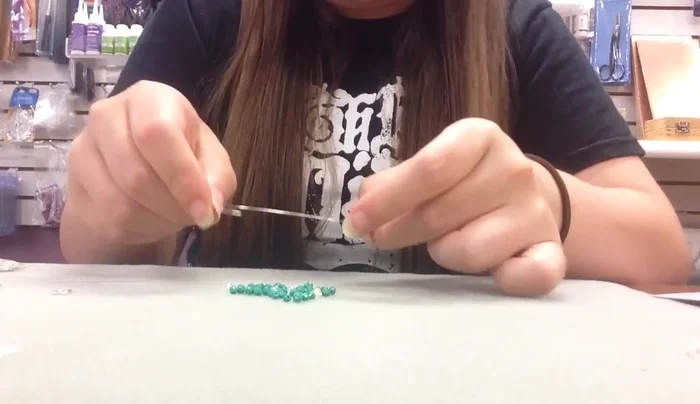Orbital bracelets, with their sleek, modern aesthetic and subtle, captivating movement, are a popular accessory. However, the price tag on designer versions can be surprisingly high. This needn't be a barrier to enjoying this stylish piece of jewelry! With a little creativity and readily available materials, you can craft your own stunning orbital bracelet at a fraction of the cost. This DIY project offers a rewarding experience, allowing you to personalize your bracelet with your favorite colors and beads, resulting in a unique and truly special piece.
This comprehensive guide will walk you through each step of creating your own DIY orbital bracelet, from gathering the necessary supplies to securing the final clasp. Get ready to unleash your inner artist and discover the satisfying process of bringing this elegant design to life, one meticulously placed bead at a time. Let's begin!
Preparation and Safety Guidelines
- Memory wire
- Memory wire cutter
- Round nose pliers
- Chain nose pliers
- 3mm fire polish beads (50 bead strands)
- 4mm bicone crystals
- Jump rings (small and large)
- Always use appropriate safety glasses when working with tools, especially when cutting or sanding metal.
- Ensure proper ventilation when working with any potentially harmful materials like certain glues or paints. Avoid inhaling fumes.
- Thoroughly clean your hands after handling any materials to prevent accidental ingestion or skin irritation.
Step-by-Step Instructions
Prepare the Memory Wire Base
- Cut a perfect circle of memory wire using a memory wire cutter.
- Using round nose pliers, bend one end of the wire back on itself towards the outside to create a loop.
- Close the loop on the other side, using the same technique as step 2.



Prepare the Memory Wire Base Create Bead Strands
- String four 3mm fire polish beads and four 4mm bicone crystals randomly onto one side of the memory wire.
- Repeat steps 3 and 4 to create five more strands of beads.


Create Bead Strands Join Individual Strands
- Join each pair of strand ends using small jump rings. Open the jump rings at the 12 o'clock position and close them carefully to avoid damage.

Join Individual Strands Connect Strands
- Take the three pairs of joined strands, and connect them together using large jump rings.

Connect Strands Braid and Secure
- Braid the three strands tightly together.
- Secure the braid by closing a large jump ring through all three strands.


Braid and Secure
Read more: DIY Tiered Tassel Earrings: A Quick & Easy Jewelry Tutorial
Tips
- Always use a memory wire cutter for memory wire to prevent damage to your regular wire cutters.
- String beads randomly to create a more unique and interesting look.
- When opening and closing jump rings, open them at the 12 o'clock position to avoid deformation.
- Braid the strands tightly to maintain a secure and aesthetically pleasing finish.








